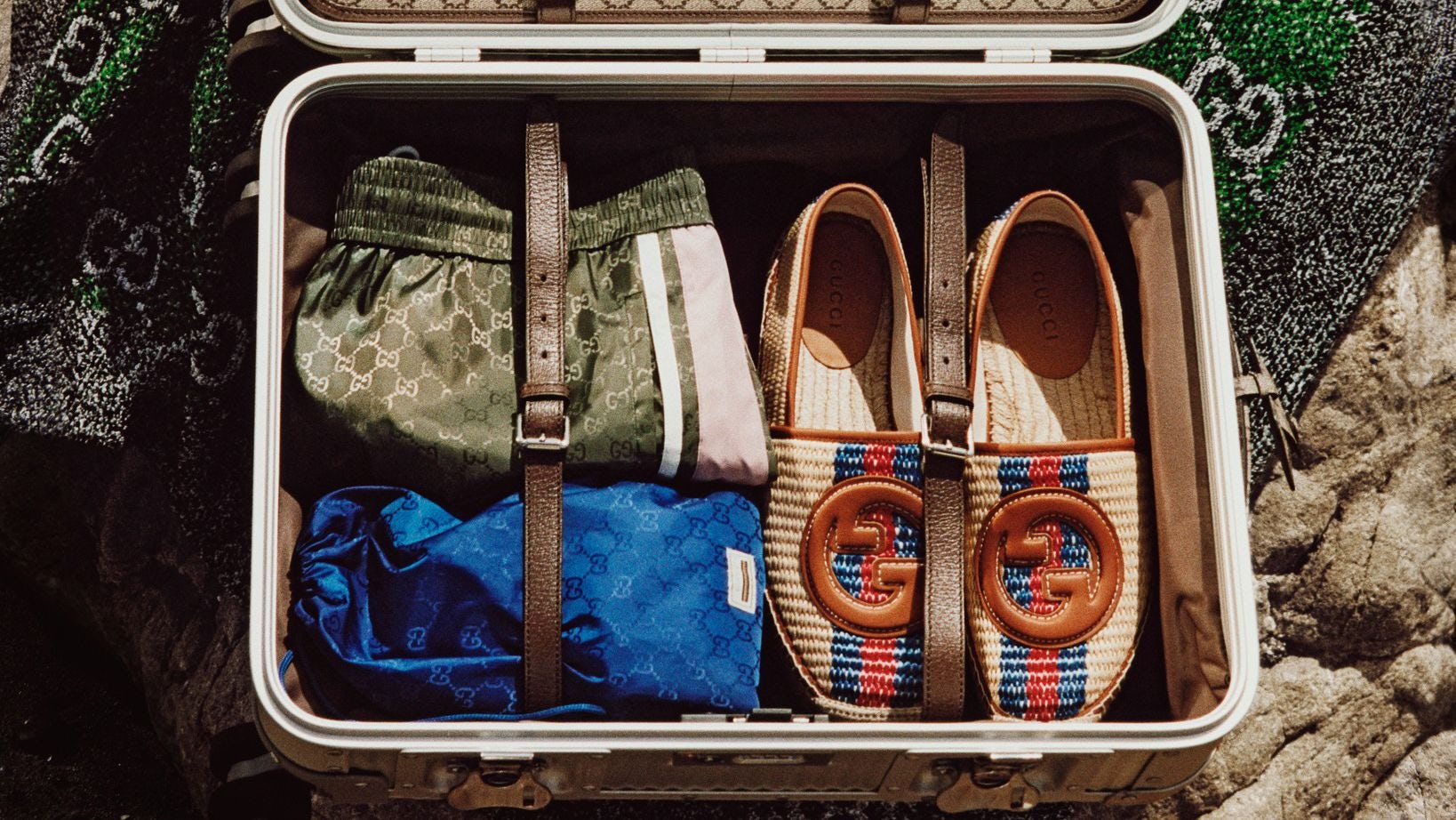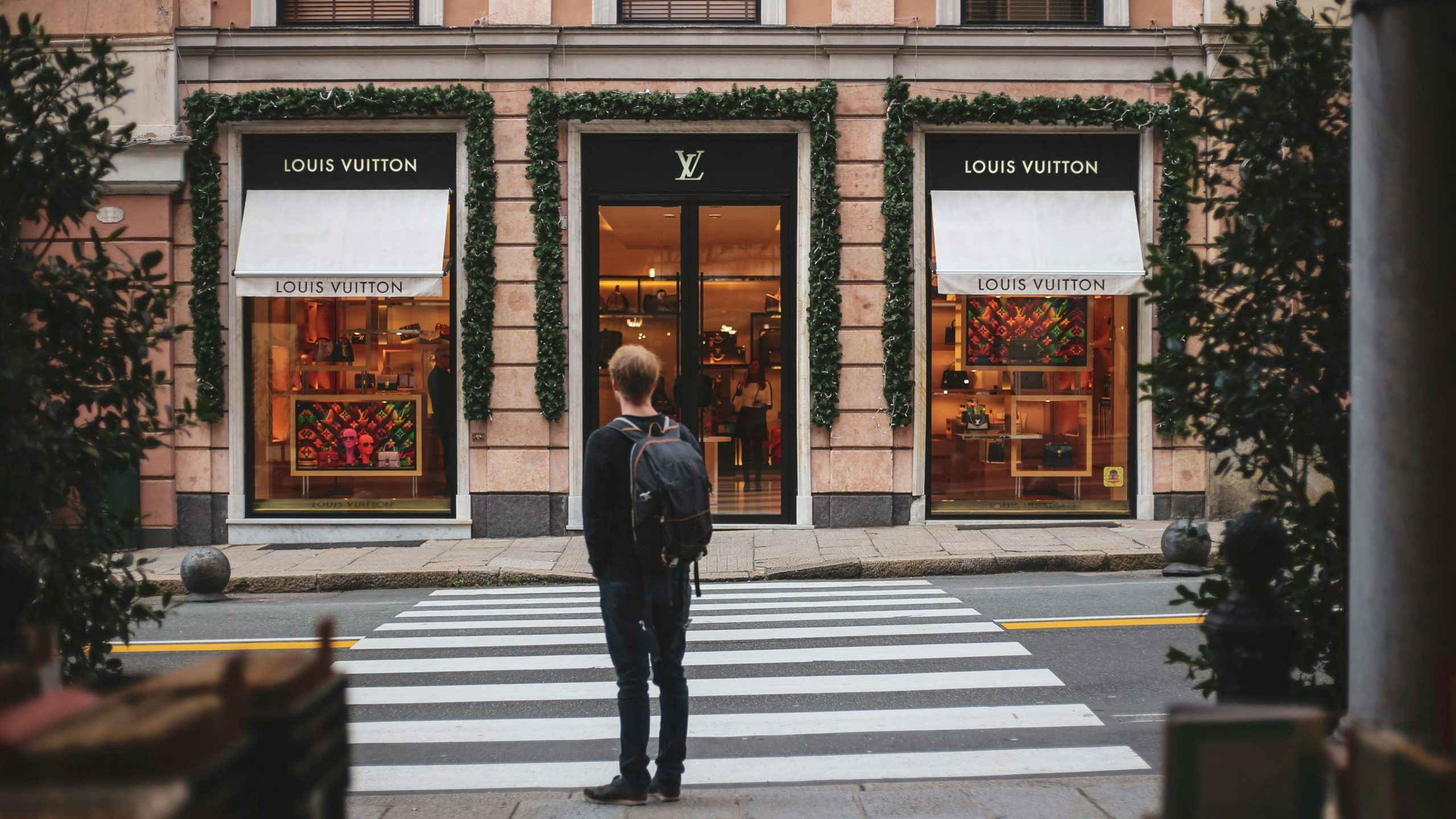The Future of Luxury is a weekly opinion column.
As we near 2024, it’s time to look at the challenges that the luxury industry is facing. Next year will not be business as usual; it will be, for many brands, a year that determines boom or bust. The battle for survival is becoming real.
A consensus range of estimates for the growth of the luxury sector for the full year of 2023, including those of Bain & Co. and Équité, indicates a growth between 4.5 and 7 percent. Two aspects are remarkable.
First, it’s an expected slowdown from the unprecedented growth rate between 2021 and 2022, which was estimated at around 26 percent, and more in line with the historic sector growth of 6 percent between 1996 and 2019.
Second, different from many past years, there was a significant variation in growth between some of the most well-managed and desired brands, like Hermès, Louis Vuitton, Zegna, Porsche, Rolex, and Brunello Cucinelli, and former growth stars like Gucci, Balenciaga, Ferragamo, and Bottega Veneta. The latter were strongly negative, particularly in the third quarter of 2023.
Brands that had invested significantly and consistently in brand storytelling, exceptional client experiences, and strict no-promotion pricing strategies, paired with a relentless focus on quality and tangible craftsmanship, were growing. In comparison, brands that became too flashy, focused more on growth than on substance, promoted regularly, or disappointed in the delivery of a consistent and client-centric brand experience were down in magnitudes seldomly observed before.
Luxury is at a decisive time where clients are increasingly discerning and don’t settle for anything but the very best in terms of brand execution. This is in part fueled by Gen Z, who will overtake millennials as the number one client group for luxury at the dawn of the next decade and who are not only the wealthiest generation that ever entered the luxury market but also the most discerning.
This is in part fueled by Gen Z, who will overtake millennials as the number one client group for luxury at the dawn of the next decade and who are not only the wealthiest generation that ever entered the luxury market but also the most discerning.
Over the next five to 10 years, we will witness the largest wealth transfer ever to Gen Z. This means that brands that are not relevant to them now as preferences build will have no future or will become niche players. Many of today’s luxury brands will not survive the next decade or will experience significant underperformance in terms of desirability, revenue, and profitability. Hence, for luxury brands, it means that the battle of survival is in full swing. And I expect that 2024 will be more brutal than 2023.

Among the additional factors that many brands struggle with are hyper-competition — practically every luxury category is facing disruption due to new players and new technologies — rapidly shifting client preferences, and massive shifts in global consumption patterns: Japan is back to significant growth; Chinese clients are buying increasingly within China or in Asia and less in Europe; US clients are starting to scale back in some categories. Geopolitical tensions also make it challenging to focus too much on single regions.
And finally, there's the rapidly growing client acquisition cost in a reality where 95 percent of luxury purchase decisions are influenced during the digital journey and where algorithms are the new gatekeepers between brands and clients. As a result, successfully managing a luxury brand today depends on more factors than ever before, and the stakes have never been higher.
As brands prepare for 2024, decisive action is needed and there is no time to waste. While every brand has a different starting position, the top five areas I recommend brands to focus on include:
Brand storytelling#
: Luxury isn't just sold; it's told. If there is no story, there is no value. And yet, our retail audits show that in many industries, 98 percent of salespeople don’t tell a differentiated brand story. Go to any luxury car dealership, luxury fashion store, or luxury hotel — in many cases, you will never experience the brand story. The point of sale is where significant value destruction happens, hidden in plain sight.
Every brand should conduct a brand audit to identify and address issues in brand storytelling. Without a client-centric, authentic, and relevant brand story, no other aspect of the brand can fully unfold. The brand's story should reflect the brand's ethos and core values. Unfortunately, most brands still use brand storytelling approaches that worked five or 10 years ago but have become ineffective in a reality where brands need to create cultural capital. A complete paradigm shift is needed. Humans follow stories, and stories connect and inspire.
A complete paradigm shift is needed. Humans follow stories, and stories connect and inspire.
Customer experience management#
: In luxury, every interaction is a performance, and the stage is the client experience. Staff must be maestros, orchestrating each touchpoint to perfection. I often compare the store experience with an opera play. Training in customer experience management ensures that the performance leaves a standing ovation, not an empty seat. How aware are your salespeople of their precise roles? Is the experience managed in a holistic way?
In luxury, every experience that is not inspiring and does not create a memorable emotional response destroys value.
Emotional intelligence and empathy#
: The luxury clientele seeks resonance on an emotional level. Training teams to develop empathy for the client who has a lifestyle that is detached from theirs fosters a connection beyond the transactional. “Luxury is pure emotion,” as Pietro Beccari, Louis Vuitton’s CEO, wrote in the foreword of my book “Luxury Marketing and Management.” Empathy is a critical aspect. It is the enabler for a deeply human connection. And auditing sales approaches repeatedly reveals that many salespeople lack the training to identify the emotional triggers of clients. This is why training in luxury is so critical.
Digital mastery and adaptability#
: The digital realm is the new frontier for luxury. Understanding the potential and limitations of AI, algorithms as gatekeepers between brands and clients, TikTok influencers, and social sentiment measurement cannot just be delegated to specialists. It must be ingrained in the organization, starting with the CEO. Without proper tools, brands become planes without navigation.
Navigating e-commerce, social media, and online clienteling are necessary skills to captivate today’s clients and still provide a human experience. I was shocked in a recent keynote in front of more than 100 CEOs and CMOs of luxury brands that not one was able to tell me how the customer sentiment of their brands evolved over the last 24 hours, week, or even two months. Lack of real-time client and brand insights is putting many brands at a strategic disadvantage. Many brands are still managed in today’s digital reality in the same way they were managed years ago, and it will accelerate their downfall.
Net positivity#
: During the Disruptive Luxury Symposium at Pepperdine University that I organized, the term “net positivity” became not only the focus of all brands but also a clear expectation in the discussion of ultra-high-net-worth clients. It takes sustainability to the next level and focuses on the redefinition of business models towards delivering a net positive effect for clients and the earth.
To me, reimagining categories from a net positive perspective is one of the biggest opportunities in luxury. Modern and conscious luxury is not a trend; it's the future. Net-positive practices and ethical standards instead of “sustainability greenwashing” are what discerning clients now demand. Most initiatives I encounter are still just promises, rather than tangible value-creating brand aspects.
Luxury’s battle of survival will feel real for many brands in 2024. It is critical to accept the challenge and play to win. This means doing things differently and addressing all five critical tasks.
This is an opinion piece by Daniel Langer, CEO of Équité, recognized as one of the “Global Top Five Luxury Key Opinion Leaders to Watch.” He serves as an executive professor of luxury strategy and pricing at Pepperdine University in Malibu and as a professor of luxury at NYU, New York. He’s authored best-selling books on luxury management in English and Chinese, and is a respected global keynote speaker. Daniel frequently conducts masterclasses on various luxury topics across all continents. He’s a sought-after luxury expert, appearing on platforms like Bloomberg TV, Forbes, The Economist, and more. Holding an MBA and a Ph.D. in luxury management, Daniel has received education from Harvard Business School. All opinions expressed in the column are his own and do not reflect the official position of Jing Daily.
Follow him: LinkedIn: https://www.linkedin.com/in/drlanger, Instagram: @equitebrands /@drdaniellanger



